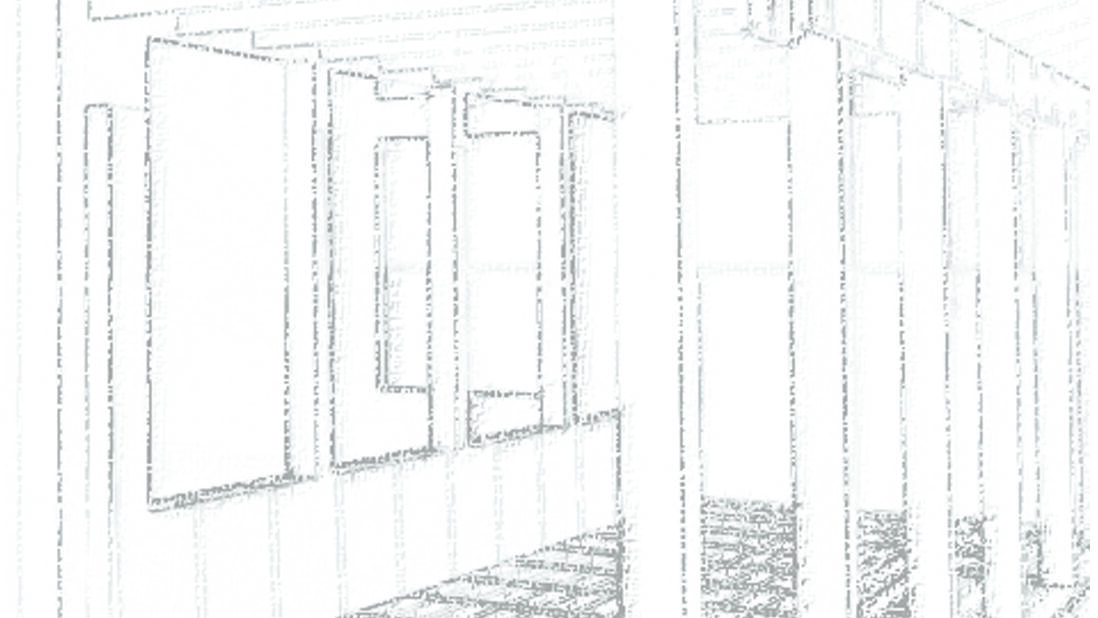Facing The World
When you’re designing a house (or a small commercial building), one of the biggest choices you can make is selecting what faces the elements. These are the features that protect the interior from rain and wind and sun. I’ve covered types of siding before, and some day I’ll cover roofing materials, but today I want to talk about windows. Although I will say quickly, that if you find that your roof is leaking or just not holding out against the elements then you need to sort out a roof replacement immediately. If you came to this article in the hopes that I would cover roofing at the same time, then I can only apologize. What I can offer you in the meantime though are these tips for hiring a commercial roofing company if you need to consider one as soon as possible, instead of waiting for me to write the article. You have a better chance of them potentially telling you about whether roofing foam is the best option for your roof repair too, as although I have a lot of knowledge in the area, I’m not sure if this is my forte. So it’s probably best to make alternative arrangements now before its too late. Anyway, back to windows. Windows are probably some of the most important (and potentially expensive) choices you’ll make when designing your house. It’s also one of the first places people can look to cut when the costs exceed budget because it is so easy to downgrade and instantly save thousands of dollars. I’m going to tell you the same thing I tell all my clients, make a decision during the design process and stick with it. Downgrading during construction will not make you happier and might not even save you as much money as you’d think (especially if this was a bid project, after all, he’s no longer got any competition so why wouldn’t the contractor eat a little of your savings for himself. Not all contractor’s would do that, but most change orders during construction cost more than if you got a price upfront.)
So, let’s start with the solid material windows. There are metal windows, pure aluminum or even steel window unit, but they’re so rare in residential construction that I won’t even go into them in detail except to say that low quality versions will suck the heat right out of your house or even rust away. High quality aluminum storefront window and door systems are common on commercial buildings with proper thermal breaks and glazing options can be very effecient and attractive, but those systems are usually very expensive and rarely make an appearance in a home or small commercial building. The other solid material (where the entire frame is one peice) is vinyl. Pure vinyl windows vary in quality from disposable (need to be replaced every 5 years or so) to very high quality that will last half a century. The nice thing about vinyl windows is they have very good numbers on air and infiltration and thermal insulation, but how they hold those numers over time is the problem. Vinyl is a material that moves a lot under heat, it’s one reason most vinyl windows are white, to limit heat absorbtion, and the more it moves, the more stress you put on all those seals that keep the window air and water tight. The choice between vinyl vs fiberglass windows for colorado weather is a difficult one that you may find hard. The more you pay, the more vinyl there is in those frames and the stronger and more stable they are. Typically, I advise against pure vinyl windows because by the time the vinyl window is as stable as a wood window (see tomorrow’s post), the cost associated with the window has made it more expensive with fewer benefits over wooden frames. One nice advantage of vinyl windows is that they usually are available in just about any size you want, you can literally measure the window opening and order the exact fit window that will arrive in just a couple of weeks. These make vinyl windows great for renovation work and replacing damaged or ancient windows inexpensively. But vinyl windows are losing this advantage as more and more window manufacturers are offering custom sizing of their lines at minimal to no cost.
It took longer than I thought to cover vinyl windows, so tune in tomorrow as I explore wooden frames.
